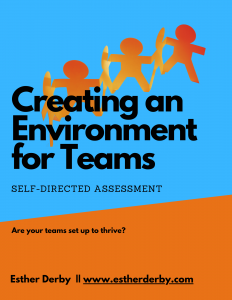A while back, a colleague, Susan, called to ask me for some advice.
“I’ve been planning a vacation with my family for months,” she said. “And now my new client wants me on-site next week. I’d be happy to come the week after next, but they keep pushing. I told them I couldn’t come because I had family plans.”
“Have you been able to schedule the visit for a time that works for both of you?” I asked.
“No, not yet. The next day, my client called me back and said they really needed me, and to make it easy for me, they’ll put me and my family up at a five star hotel for the week and through the weekend. They’ll provide a nanny, a car and driver, and obtain VIP passes at the local theme park and children’s theatre.”
“Are you going to do it?” I asked..
“It’s tempting,” she said. “They say they really need me, and my kids would probably love it. But something doesn’t feel right.”
I had to agree.
Susan is at a turning point with her client: the way this initial exchange about scheduling her site visit unfolds will color the rest of their working relationship.
All of us establish working relationships, whether we are employees or external consultants like Susan. We make agreements with others about what’s expected and how we’ll work together. Sometimes our agreements are explicit, as in creating a project charter, setting a sprint goal, or establishing the boundaries of a new assignment. Other times the agreements are less explicit—the agreement comes about without conscious attention.
Pay attention to what happens in the early stages, when you’re working out how you’ll work together. The early stages often foreshadow the entire working relationship.
Susan’s client was establishing that he expects people to switch priorities at short notice and sacrifice personal balance to support his sense of urgency. If Susan acquiesced to this request, her client would have her asking “How high?” each time he said “Jump.”
After we analyzed the situation, Susan decided to stand firm. She called her client and thanked them for their generous offer, and said it didn’t fit for her to upend her family vacation. She reaffirmed that she’d be happy to be on-site with them the week after her vacation.
Susan’s client was surprised that anyone would act this way, but accepted her schedule.
After her week at the client site, Susan called me back. “You know how my client wanted me to drop everything, change my plans, and react to their sense of urgency? It wasn’t really urgent. And they treat almost everyone that way.”
“Yep,” I said. “Everyone but you.”



This post typifies my life in contracting – I am always torn between pleasing the client and making my life hell.
The world is always falling apart at each new client and when I get there, there isn’t a place to sit.
Very good article – Thanks!
Linda
Because of this I’m pretty sure that Susan will be much more effective at this client. They will listen to her. And when she says to people “priorities are important” they know she means it.
Way to go.
Y